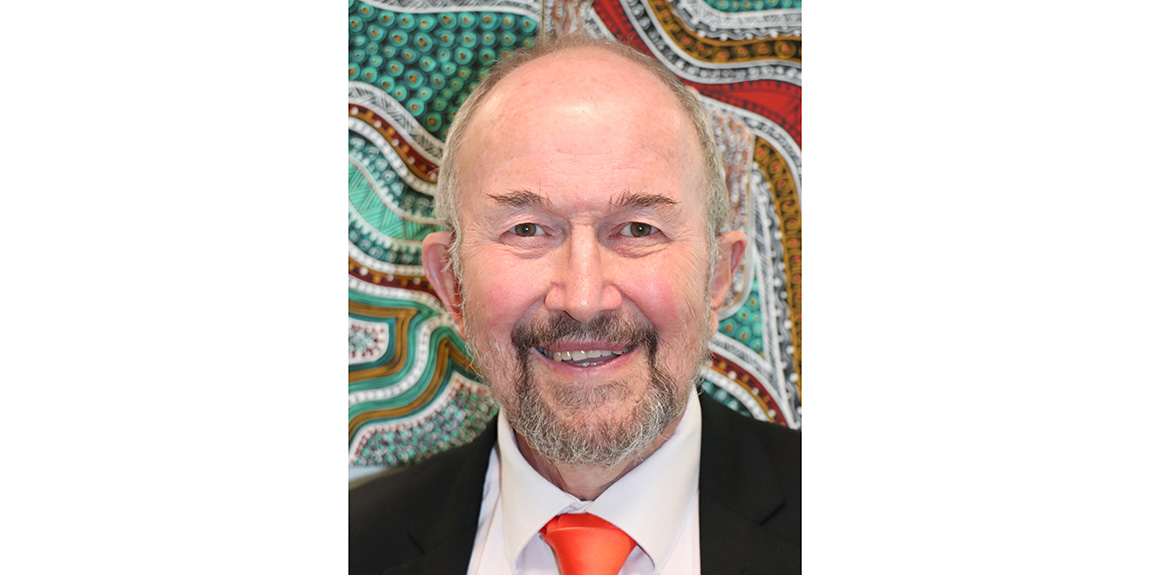
Systemic discrimination is the result of bias influencing policies and practices that mainly serve those represented by the decision makers.
So if a community does not have a voice in the decision-making process, it is unlikely those policies and practices will be formed to suit or address the needs of that community.
Following National Reconciliation Week, it is a good time to highlight the impact of systemic discrimination and how giving Aboriginal people a voice can help achieve substantive equality for those communities.
To do this, I would like to go back in time when non-Aboriginal people came with their own biases for how a society should be. They had their own decision-makers who represented non-Aboriginal people and drafted the original Constitution which made two references to Aboriginal people.
Section 127 stipulated that ‘in reckoning the numbers of people of the Commonwealth, Aboriginal natives should not be counted’ and section 51 which permitted the making of federal laws for ‘the people of any race, other than the Aboriginal race in any State.’
The exclusion of Aboriginal people from this power meant laws that governed them were to be made by the states, which were ran run by non-Aboriginal decision-makers without Aboriginal consultation.
Flowing on from those laws were policies such as protection and assimilation policies formed from a biased opinion Aboriginal people were a dying race.
Aboriginal people were forcibly removed from their homes and country and placed on reserves and stations, where non-Aboriginal managers had control over the use of Aboriginal language and practice of culture.
If wages were paid, they were not given directly to the Aboriginal workers. If Aboriginal people were “fortunate” enough to be given a rental home, they had to leave their extended family behind and live in the non-Aboriginal concept of a family.
Another policy put in place by non-Aboriginal decision-makers was the forced removal of Aboriginal children from their families to grow up in non-Aboriginal homes and institutions.
These acts of race discrimination are the result of what can happen when people make decisions that impact a community without any understanding of that community, and with devastating results.
Since then, there has been some increased understanding as Aboriginal leaders and decision-makers have slowly influenced the policies and practises that guide us, but not nearly enough.
Aboriginal people are still overrepresented in prisons and are not receiving substantive equality outcomes from health, education, and accommodation services.
They are also underrepresented in executive and managerial positions at work.
If we as a nation are committed to substantive equality and the elimination of systemic race discrimination, we need to Aboriginal people to have a voice, so that biases of non-Aboriginal decision-makers are questioned before more detrimental laws, policies and practices are made.


